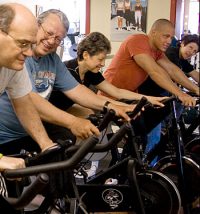Teaching to a Variety of Different Abilities in One Class, Part 2: Seven Tips to Teaching to a Mixed Class
In Part 1 of Teaching to a Variety of Different Abilities, we discussed the four different categories that differentiate your riders. Here are seven tips to get you thinking about teaching more effectively to a mixed class.Read more…










